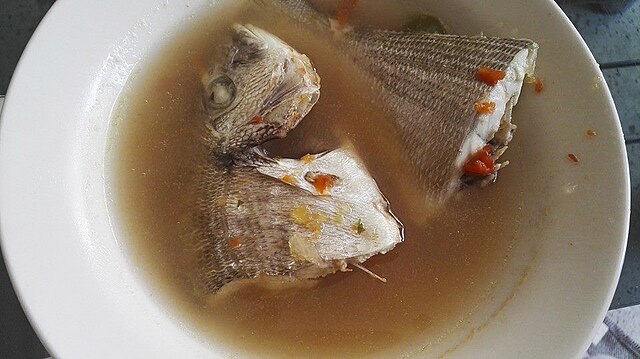In the bustling markets of Malabo and Bata, stalls overflow with mangoes, pineapples, bananas, and cassava, their colors and aromas mingling with the smoky scent of fish grilling nearby. Food in Equatorial Guinea is not simply sustenance but a reflection of history, geography, and the interplay of cultures that have shaped this small Central African nation.
The country’s cuisine is rooted in indigenous traditions yet layered with influences from Spanish colonial rule, creating a culinary identity that is at once distinctly local and quietly cosmopolitan. Fresh fish, drawn daily from the Atlantic, anchors many meals. Garlic-marinated and charred over open flames, it is served alongside cassava or plantains, staples that ground the diet and carry echoes of broader West African foodways.
Among the dishes most closely tied to community gatherings is fufu, a labor-intensive preparation of cassava or plantains, boiled and pounded until smooth. It is a dish less defined by flavor than by texture and ritual, often paired with stews that highlight the depth of local spices. Steaming bowls of pepper soup—a fiery blend of meat, vegetables, and aromatic herbs—are another mainstay, warming both body and spirit and revealing the country’s blend of Bantu and Iberian influences.
Street vendors and home cooks alike rely on palm oil, whose distinctive flavor runs through many recipes, giving stews and fried foods a rich, earthy character. Fried yuca, or yuca frita, often appears as a side dish, its crispness providing balance to the softer textures of stews and porridges. Mango, beyond its role as a market staple, finds expression in mangue, a sweet, pudding-like dessert that captures the fruit’s natural intensity.
The country’s beverages speak equally to tradition and celebration. Malamba, a tamarind-based juice, offers a tart counterpoint to savory dishes, while cacao drinks, prepared thick and sweet, often mark special occasions. Each element, from main courses to drinks, contributes to a culinary mosaic that feels deeply rooted in place.
Dining in Equatorial Guinea is, in many ways, an act of cultural immersion. Meals connect generations, sustain traditions, and offer a glimpse of the social fabric that binds together a diverse nation. What emerges is more than a menu of dishes; it is a living record of resilience, adaptation, and creativity, carried on through flavors as vibrant as the landscapes that inspire them.
Sources

